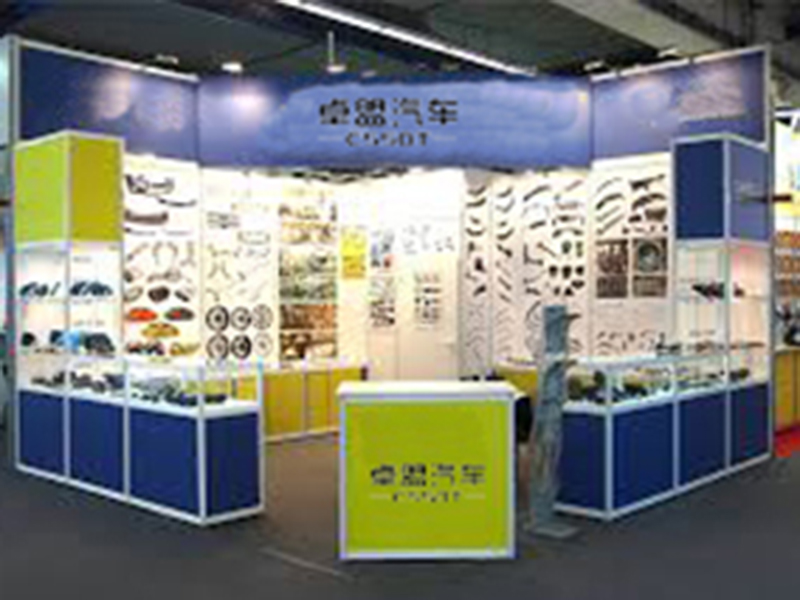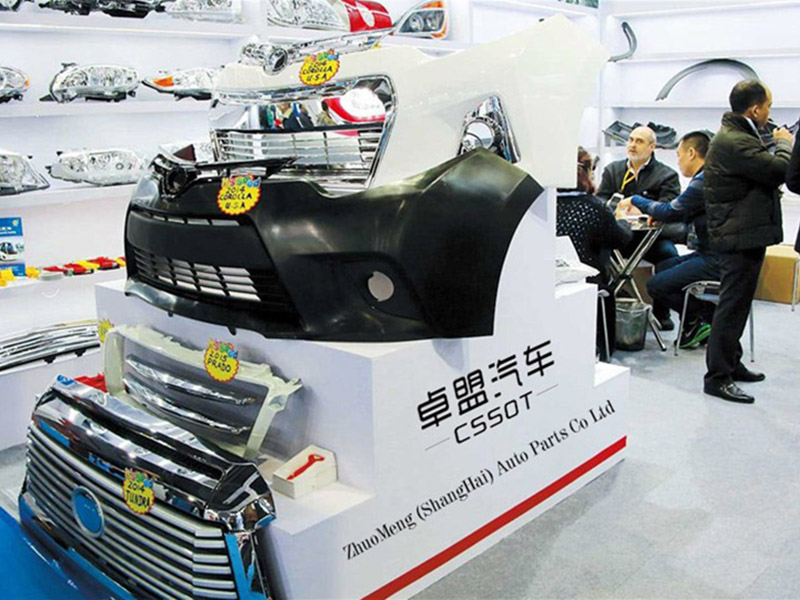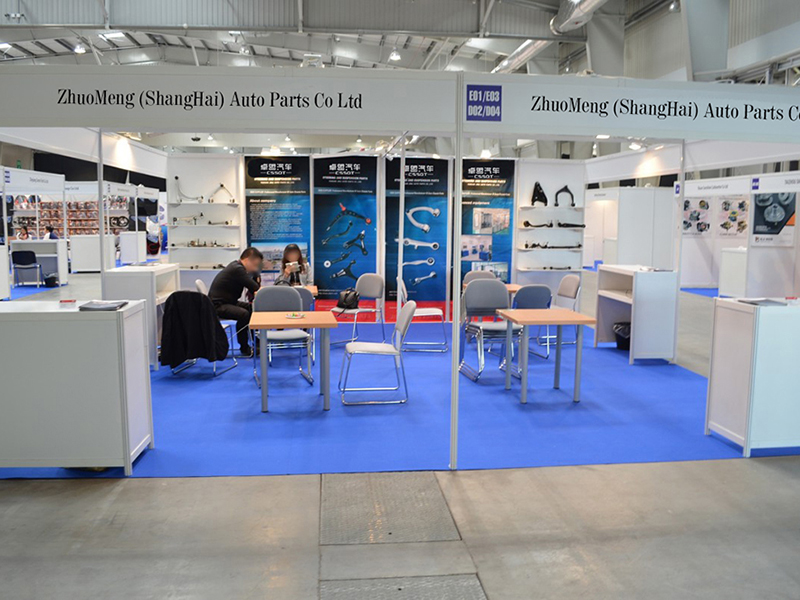There are two main types of automotive radiators: aluminum and copper, the former is used for general passenger cars, and the latter is used for large commercial vehicles.
Automotive radiator materials and manufacturing technology have developed rapidly. With its obvious advantages in lightweight materials, aluminum radiators have gradually replaced copper radiators in the field of cars and light vehicles. At the same time, copper radiator manufacturing technology and technology have made great progress. Copper brazing radiators are used in passenger cars, Engineering machinery, heavy trucks and other engine radiators have obvious advantages. Most of the radiators for foreign cars are aluminum radiators, mainly from the perspective of protecting the environment (especially in European and American countries). In the new European cars, the proportion of aluminum radiators is 64% on average. From the perspective of the development prospects of automobile radiator production in my country, the number of aluminum radiators produced by brazing is gradually increasing. Brazed copper heat sinks are also used on buses, trucks and other engineering equipment.
structure
Automobile radiator is an indispensable and important component in the cooling system of automobile water-cooled engine, and it is developing in the direction of light weight, high efficiency and economy. Automotive radiator structures are also constantly adapting to new developments.
The core of the tube-fin radiator is composed of many thin cooling tubes and fins. Most of the cooling tubes are of flat circular cross-section to reduce air resistance and increase the heat transfer area.
The core of the radiator should have enough flow area to allow the coolant to pass through, and it should also have enough air flow area to allow enough air to pass through to take away the heat transferred from the coolant to the radiator. At the same time, it must have enough heat dissipation area to complete the heat exchange between the coolant, air and heat sink.
Tube-and-belt radiators are made of corrugated heat-dissipating strips and cooling pipes arranged alternately and welded.
Compared with the tube-and-fin radiator, the tube-and-belt radiator can increase the heat dissipation area by about 12% under the same conditions. In addition, there are louver-like holes on the heat-dissipating belt to disturb the airflow to destroy the flow of air on the surface of the heat-dissipating belt. Adhesion layer on top to improve heat dissipation.
principle
The function of the car cooling system is to keep the car within the proper temperature range under all operating conditions. The cooling system of the car is divided into air cooling and water cooling. The air-cooled system that uses air as the cooling medium is called the air-cooled system, and the water-cooled system that uses the cooling liquid as the cooling medium. Usually the water cooling system consists of a water pump, a radiator, a cooling fan, a thermostat, a compensation bucket, an engine block, a water jacket in the cylinder head, and other ancillary devices. Among them, the radiator is responsible for the cooling of circulating water. Its water pipes and heat sinks are mostly made of aluminum, the aluminum water pipes are made of flat shape, and the heat sinks are corrugated, focusing on heat dissipation performance. The wind resistance should be small and the cooling efficiency should be high. The coolant flows inside the radiator core and the air passes outside the radiator core. The hot coolant cools by dissipating heat to the air, and the cold air heats up by absorbing the heat given off by the coolant, so the radiator is a heat exchanger.
use and maintenance
1. The radiator should not be in contact with any acid, alkali or other corrosive properties.
2. It is recommended to use soft water, and hard water should be softened before use to avoid internal blockage of the radiator and the generation of scale.
3. Use antifreeze. In order to avoid the corrosion of the radiator, please use the long-term antirust antifreeze produced by regular manufacturers and in line with national standards.
4. In the process of installing the radiator, please do not damage the heat dissipation belt (sheet) and bump the radiator to ensure the heat dissipation capacity and sealing.
5. When the radiator is completely drained and then filled with water, turn on the drain switch of the engine block first, and then close it when there is water flowing out, so as to avoid blisters.
6. In daily use, the water level should be checked at any time, and water should be added after the machine is stopped to cool down. When adding water, slowly open the water tank cover, and the operator should stay away from the water inlet as far as possible to prevent scalding caused by high-pressure steam ejected from the water inlet.
7. In winter, in order to prevent the core from breaking due to freezing, such as long-term parking or indirect parking, the water tank cover and the water release switch should be closed to release all the water.
8. The effective environment of the spare radiator should be kept ventilated and dry.
9. Depending on the actual situation, the user should completely clean the core of the radiator within 1 to 3 months. When cleaning, rinse with clean water along the reverse air inlet direction.
10. The water level gauge should be cleaned every 3 months or depending on the actual situation, each part is removed and cleaned with warm water and non-corrosive detergent.
Notes on use
The optimum concentration of LLC (Long Life Coolant) is determined according to the specific ambient temperature of each region. Also, LLC (Long Life Coolant) must be replaced regularly.
Car radiator cover editor broadcast
The radiator cover has a pressure valve that pressurizes the coolant. The coolant temperature under pressure rises above 100°C, which makes the difference between coolant temperature and air temperature even larger. This improves cooling. When the radiator pressure increases, the pressure valve opens and sends the coolant back to the mouth of the reservoir, and when the radiator is depressurized, the vacuum valve opens, allowing the reservoir to discharge the coolant. During pressure increase, the pressure rises (high temperature), and during decompression, the pressure decreases (cooling).
Classification and maintenance editing broadcast
Automobile radiators are generally divided into water cooling and air cooling. The heat dissipation of an air-cooled engine relies on the circulation of air to take away heat to achieve the effect of heat dissipation. The outside of the cylinder block of the air-cooled engine is designed and manufactured into a dense sheet-like structure, thereby increasing the heat dissipation area to meet the heat dissipation requirements of the engine. Compared with the most used water-cooled engines, air-cooled engines have the advantages of light weight and easy maintenance.
Water-cooled heat dissipation is that the radiator of the water tank is responsible for cooling the coolant with the high temperature of the engine; the task of the water pump is to circulate the coolant in the entire cooling system; the operation of the fan uses the ambient temperature to blow directly to the radiator, making the high temperature in the radiator. The coolant is cooled; the thermostat controls the state of the coolant circulation. The reservoir is used to store the coolant.
When the vehicle is running, dust, leaves, and debris can easily remain on the surface of the radiator, blocking the radiator blades and reducing the performance of the radiator. In this case, we can use a brush to clean up, or we can use a high-pressure air pump to blow away the sundries on the radiator.
Maintenance
As the heat transfer and heat conduction component inside the car, the car radiator plays an important role in the car. The material of the car radiator is mainly aluminum or copper, and the radiator core is its main component, which contains coolant. , the car radiator is a heat exchanger. As for the maintenance and repair of the radiator, most car owners only know a little bit about it. Let me introduce the maintenance and repair of the daily car radiator.
The radiator and the water tank are used together as the heat dissipation device of the car. As far as their materials are concerned, the metal is not resistant to corrosion, so it should be avoided from contact with corrosive solutions such as acid and alkali to avoid damage. For car radiators, clogging is a very common fault. To reduce the occurrence of clogging, soft water should be injected into it, and hard water should be softened before injection, so as to avoid the blockage of the car radiator caused by scale. In winter, the weather is cold, and the radiator is easy to freeze, expand and freeze, so antifreeze should be added to avoid water freezing. In daily use, the water level should be checked at any time, and water should be added after the machine is stopped to cool down. When adding water to the car radiator, the water tank cover should be opened slowly, and the owner and other operators should keep their bodies away from the water filling port as much as possible to avoid burns caused by the high-pressure high-temperature oil and gas jetting out of the water outlet.







